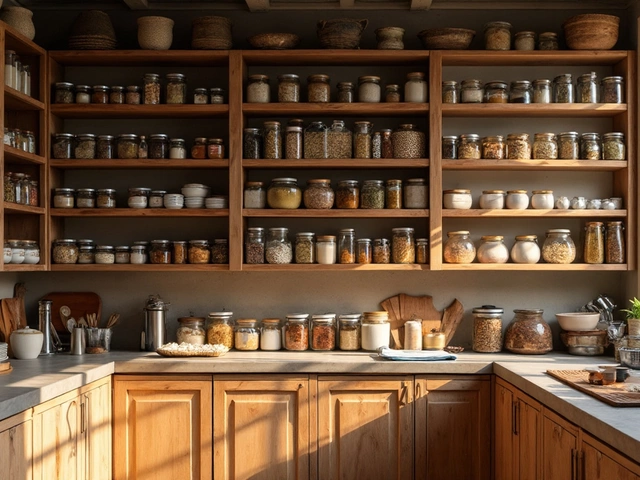Kitchenware Essentials for Every Home Cook
When you step into the kitchen, the right tools make the difference between a quick meal and a kitchen nightmare. You don’t need a mountain of gadgets – just a few well‑chosen pieces that cover the basics. Below we’ll walk through the must‑have items, why they’re worth the spend, and simple tips to keep them in top shape.
Top Five Pieces Every Kitchen Should Have
1. A sturdy non‑stick skillet. A good skillet handles eggs, stir‑fries, and pancakes without sticking. Look for a pan with a thick base; it spreads heat evenly and resists warping. If you’re worried about chemicals, choose a PFAS‑free coating or a ceramic surface.
2. A heavy‑bottomed saucepan. Whether you’re simmering sauce or boiling pasta, a saucepan with a solid bottom prevents hot spots. A 2‑liter size works for most side dishes, and a lid that fits snugly speeds up cooking.
3. A slotted spoon (or ladle with holes). This tool helps you lift food while draining liquid. It’s perfect for blanching veggies or scooping pasta. Keep it stainless steel for durability, and don’t forget the easy‑clean tip: soak in warm, soapy water to release stuck bits.
4. A set of sharp knives. A chef’s knife, a paring knife, and a serrated knife cover most cuts. Sharp knives are safer because you don’t have to force them through food. Hone them regularly with a stone or a honing rod.
5. A sturdy cutting board. Choose wood or thick plastic. Wood is gentle on knife edges, while plastic can go in the dishwasher. Rotate boards for different tasks – raw meat on one, veggies on another – to avoid cross‑contamination.
How to Keep Your Kitchenware Working Longer
Cleaning is more than a chore; it’s how you protect your investment. For non‑stick pans, avoid metal scrubbers – they chew up the coating. A soft sponge with a dash of baking soda does the trick. If you notice a black layer on the bottom of a pan, it’s burnt residue. Let the pan cool, then scrub with a mixture of water and vinegar; the acidity lifts the carbon buildup without damaging the surface.
Storing cookware properly also matters. Stack pans with a protective layer of cloth between them to prevent scratches. Keep knives in a block or on a magnetic strip instead of a drawer where they can get dulled.
Finally, pay attention to wear signs. If a pan’s surface starts to peel, it’s time to replace it – food particles can get into the coating and cause health concerns. Same goes for knives that have chipped edges; a dull blade can slip and cause accidents.With these basics covered, you’ll feel confident tackling anything from a quick omelet to a slow‑cooked stew. Remember, you don’t need a fancy arsenal; a few solid pieces, proper care, and a little know‑how are all you need to make your kitchen work for you.
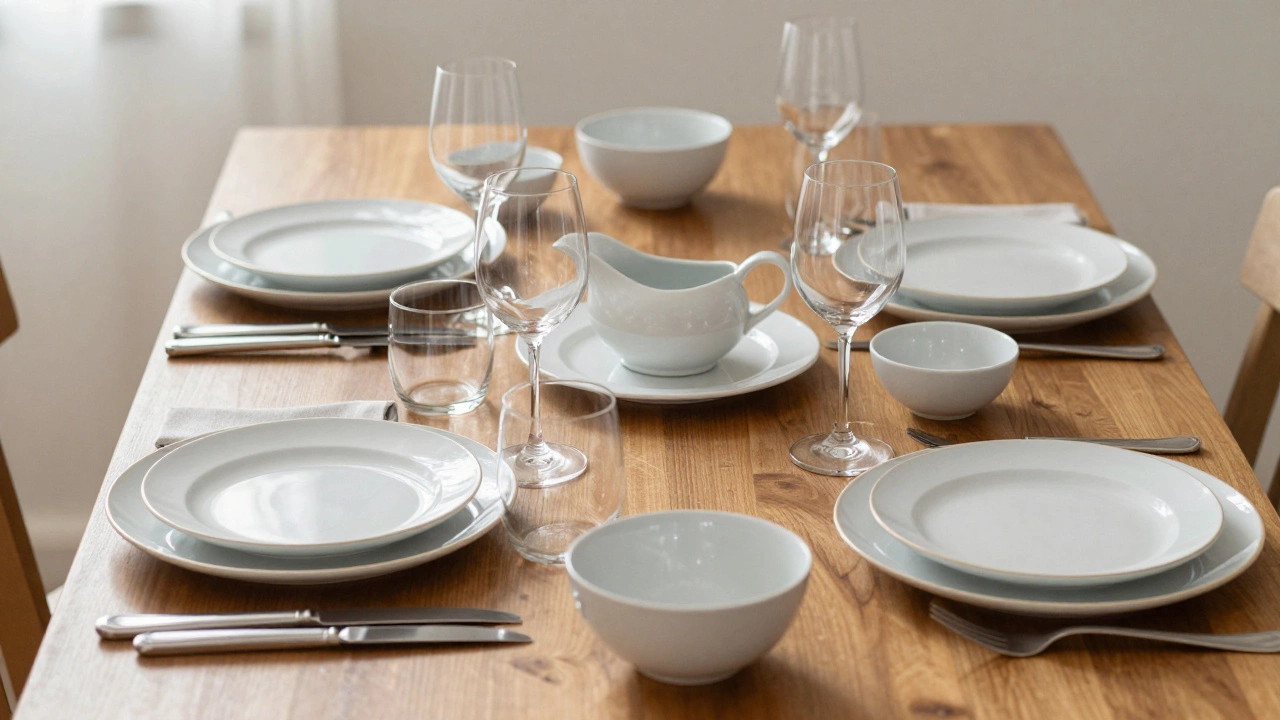
What Is the Collective Name for Cups and Plates? The Right Term for Kitchen Tableware
The collective name for cups and plates is tableware-a simple, accurate term that includes all items used on the table for eating and serving. Learn the difference between tableware, dinnerware, and serveware.
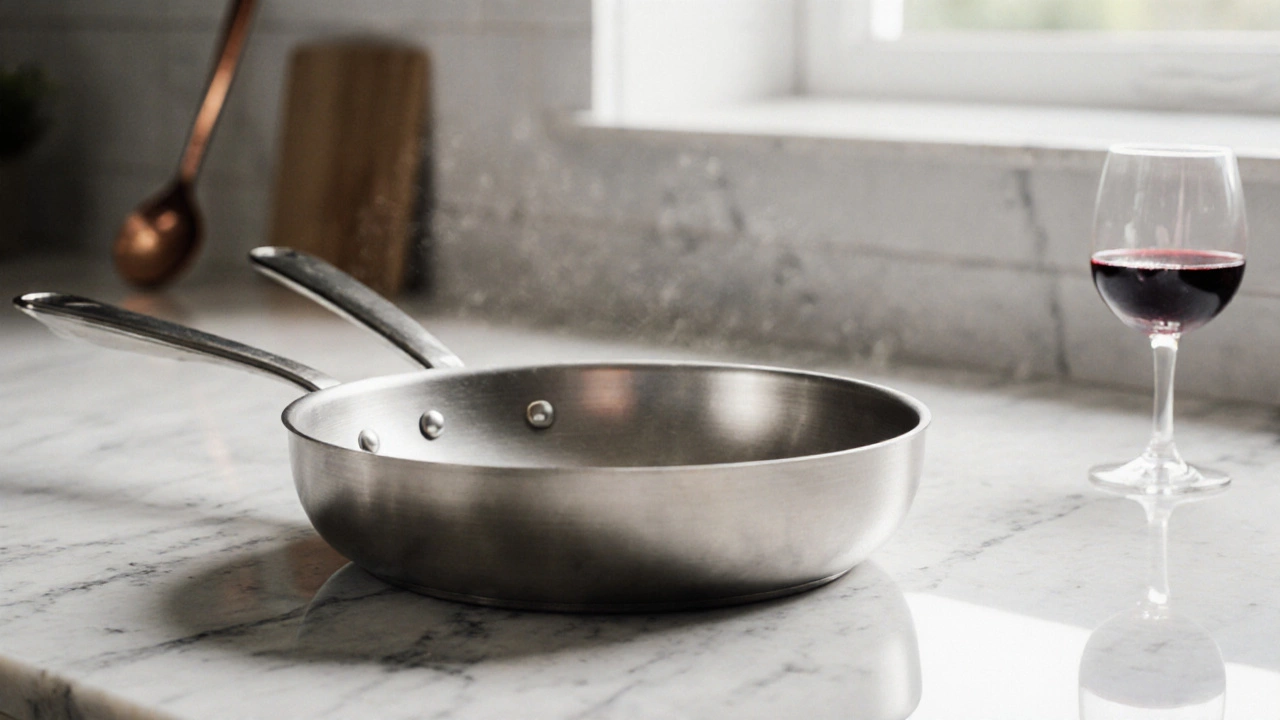
Straight‑Sided Pan Name: Why It’s Called a Sauté Pan
Learn why a pan with straight sides is called a sauté pan, how it differs from skillets, and which materials and features suit different cooking tasks.

Are Non Stick Pans Still Unhealthy? What You Need to Know
Are non stick pans still risky for your health, or is that just old news? This article uncovers what's changed in non stick cookware, whether they're safe now, and things you can do to use them safely. You'll get a quick breakdown of key chemicals, what regulations have changed, and how to spot safer options. Plus, there are no scare tactics—just straight facts and practical tips for anyone who loves to cook. Discover what's hype, what's fact, and how to make your kitchen safer.

Black Stuff on Pan Bottoms: What It Is and How to Deal With It
Ever turn over a pan and find a stubborn black layer clinging to the bottom? This isn't just burnt food—it's a mix of carbonized grease, oils, and sometimes even chemical reactions from cooking. That black stuff can mess with your food flavor and even shorten the life of your cookware if ignored. This article breaks down what causes it, how it builds up, and most importantly, how to get rid of it. Say goodbye to scrubbing frustration and hello to pans that last longer.
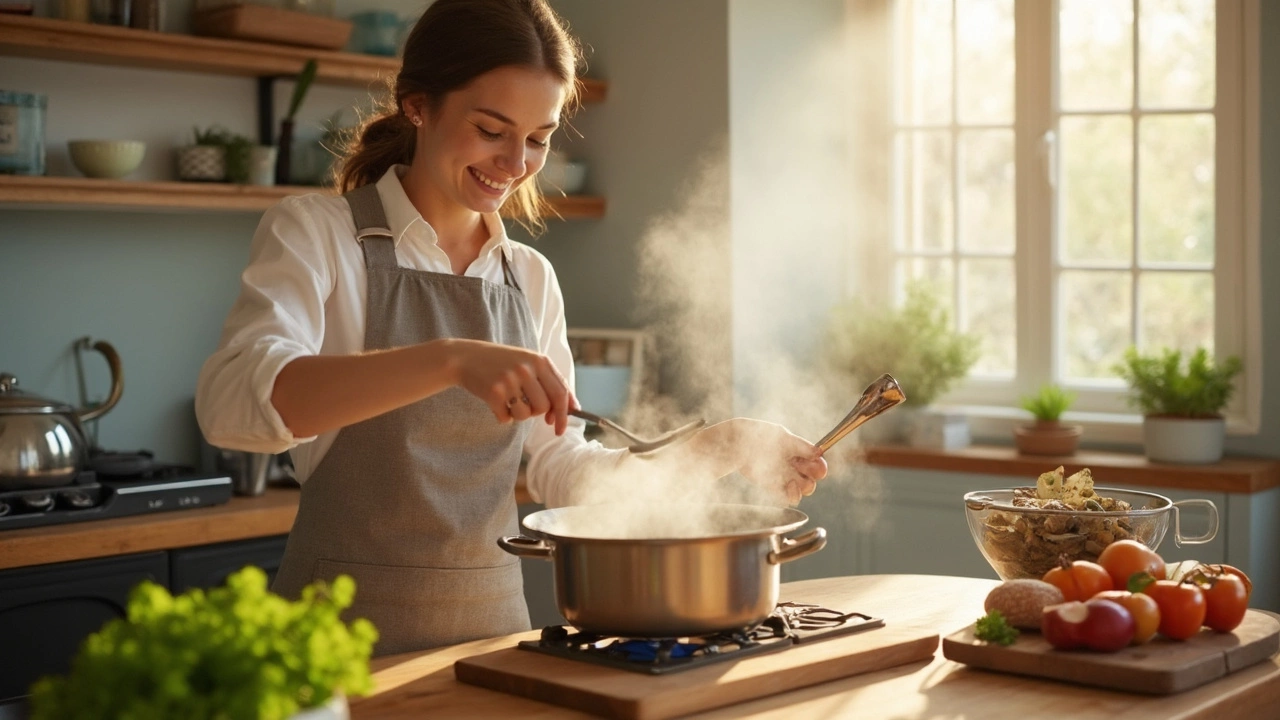
Ladle with Holes: What Is It Really Called and How Do You Use One?
Ever wondered what that ladle with holes is actually called? This article breaks it down, shares practical differences between a slotted spoon and a skimmer, and gives you tips on using each in the kitchen. Find out how to pick the right tool for draining, serving, and cooking. You'll learn why every home cook benefits from keeping one handy. Plus, some helpful cleaning hacks to keep yours in great shape.
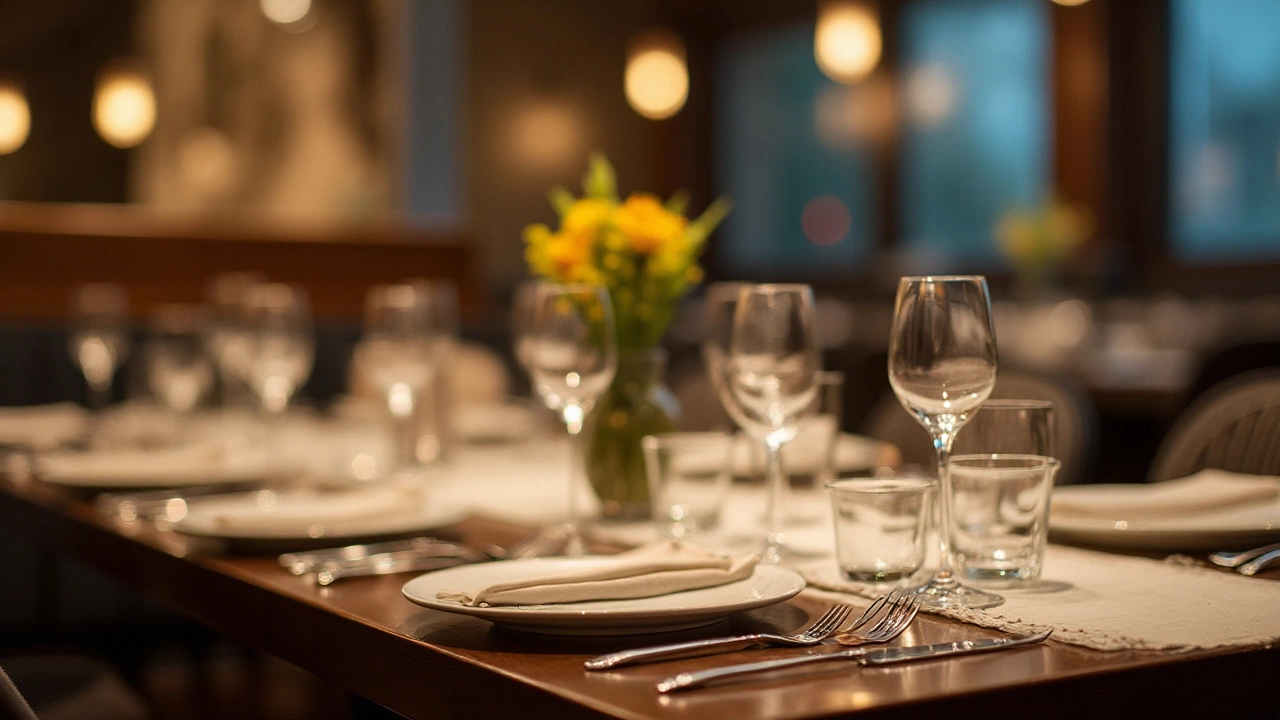
Exploring the Exquisite Language of Dining Utensils
Discover the fascinating terminology behind our everyday dining tools, specifically the combination of fork and spoon. Dive into the world of cutlery to understand the word that defines this handy hybrid. Learn about its historical significance, and tips on how to incorporate it into modern dining settings while appreciating its elegant utility.
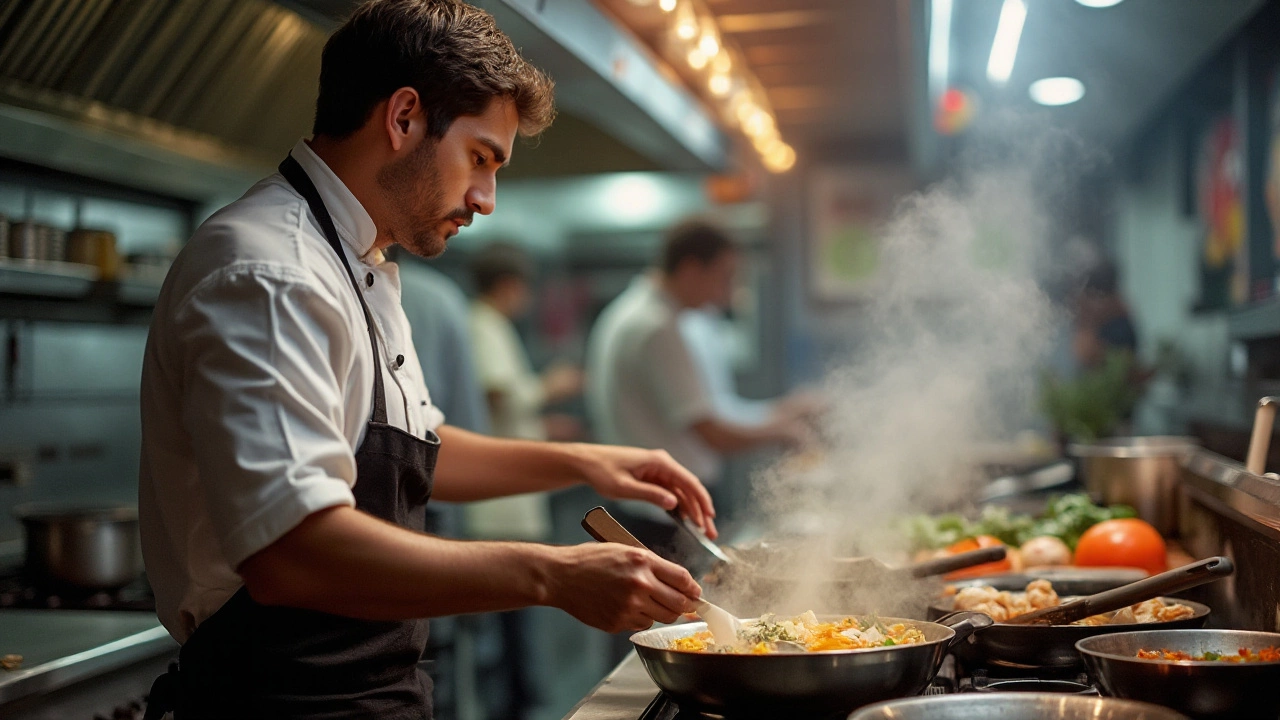
The Secret Behind Chefs Avoiding Non-Stick Pans
Chefs often steer clear of non-stick pans, opting for alternatives that offer better heat distribution and durability. Understanding the reasons behind this choice can help home cooks improve their culinary skills. While non-stick surfaces offer convenience, their limitations can impact flavor and versatility in professional kitchens. This article explores the advantages and disadvantages of various cookware choices, shedding light on the preferences of seasoned chefs.

Exploring Essential Cooking Ware for Every Kitchen
Cooking wares are the backbone of any kitchen, providing the tools necessary to create culinary masterpieces. From pots and pans to specialized gadgets, each piece serves a purpose, enhancing the cooking experience. Knowing what cooking ware to choose can save time and improve food quality. Discover various types of cooking wares and their uses to equip your kitchen effectively.
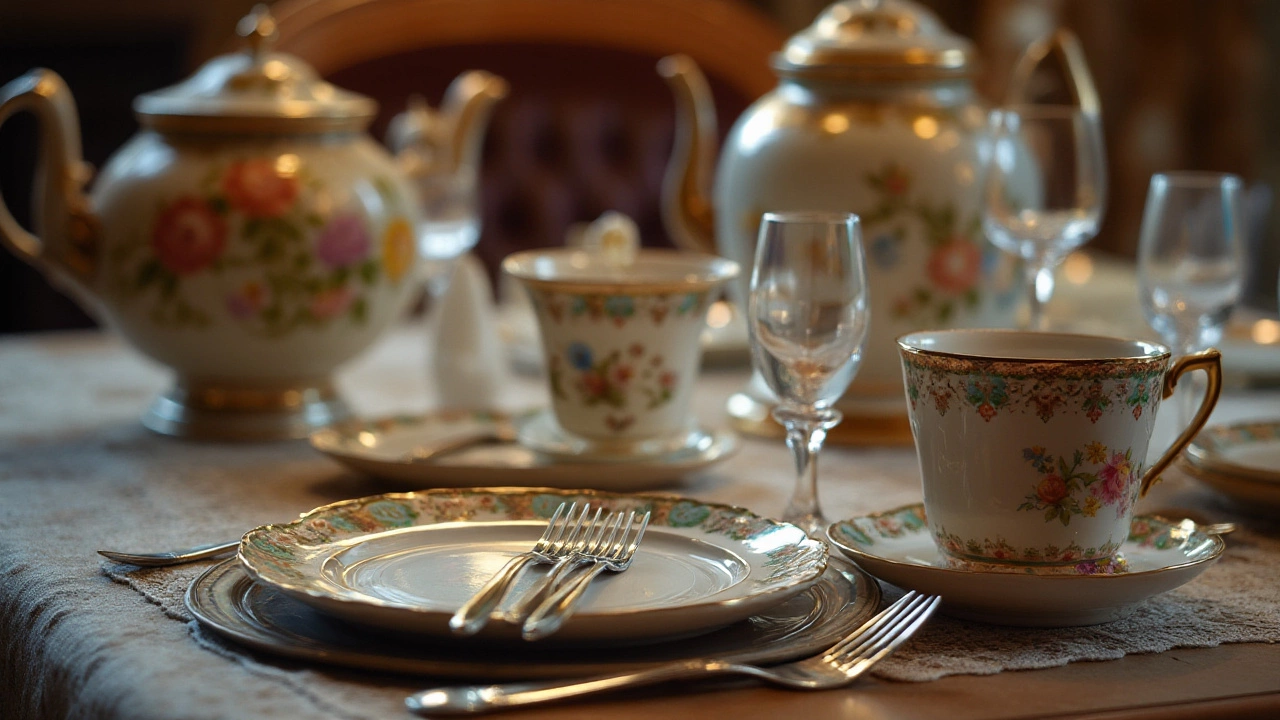
Is Cutlery a Part of Essential Kitchenware?
Exploring the intricate relationship between cutlery and kitchenware, this article delves into the essential role that cutlery plays in modern kitchens. It discusses how cutlery is not just about functionality but also about style and tradition. The piece highlights its historical significance and offers tips for selecting the right cutlery for various kitchen needs. Discover the importance of choosing quality cutlery for both day-to-day use and for setting a beautiful table.
Categories
- Storage (25)
- Bathroom (17)
- Sofas (14)
- Curtains (14)
- Home Decor (12)
- Cushions (10)
- Mirrors (10)
- Bedding (9)
- Kitchenware (9)
- Rugs (9)
Popular Articles

Medicare Coverage: Mattresses for Seniors Explained
Mar, 20 2025


